african sumac tree poisonous
Provides vigorous green growth all year long. Double rows of leaves.

What Does Poison Sumac Look Like Everything You Need To Know About Identifying Poison Sumac Bob Vila
Every part of the tree contains urushiol oil which causes an allergic reaction to skin.

. But its a close relative of poison ivy Toxicodendron radicans. The red or red-brown stems usually hold between 6 and 12 leaves plus. Some plants are obviously harmful to pets such as poison ivy oak or sumac.
The taste is said to be sour and much like lemon. Poison sumac plants generally feature stems with two parallel rows of leaves. African sumac tree only grows in USDA zones 9 through 11.
Sumac has upright fruit clusters usually red and covered in a velvet fuzz. No African sumac Rhus lancea isnt poisonous to animals. African sumacs are poisonous to humans.
Non-Toxic to Dogs Non-Toxic to Cats Non-Toxic to Horses. But it is easy to tell edible sumacs apart from the poison sumacs by looking at the berries leaves and twigs. Mistletoe is also poisonous and Poinsettias can be extremely irritating to the mouth and stomach if ingested.
But this is. But pet owners may be shocked to find out that dogs and cats can become very sick from eating so many common plants and flowers. Sumac ˈ s uː m æ k or ˈ ʃ uː m æ k also spelled sumach is any of about 35 species of flowering plants in the genus Rhus and related genera in the cashew family AnacardiaceaeSumacs grow in subtropical and temperate regions throughout the world including East Asia Africa and North America.
Gardeners should never handle the tree without gloves and keep children away from the plant. Larger sumac trees will often grow long and slender branches that tilt downward. Sumac grows all over the world in North America Europe Middle East and the Mediterranean.
Poison Ivy Poison Oak. The drought-tolerant African sumac tree grows best in. African sumac Rhus lancea is a drought-tolerant shade tree that grows in US.
Department of Agriculture plant hardiness zones 8 through 10. So all parts of the tree contain the urushiol oil to which many humans. If you think a rash is bed it is nothing compared to the harmful effects this.
Cons of African Sumac Trees. Most types of sumac grow into a tree or shrub ranging between 5 and 20 feet in height. Three species of sumac look very similar in form and habit and are found commonly on the roadsides in the hedgerows and along the woods edges in Wisconsin.
These are Staghorn Sumac Smooth Sumac and Shining Sumac. The berries ripen in summer and tend to be wet and sticky when ripe. Sumac clusters are called drupes.
Easy to prune or shear into desired shape and form. They typically get 10-20 tall and sucker to form colonies usually about 20-30 across. Durable thrives in intense desert heat cold and able to withstand high wind.
African sumac trees Rhus lancea are highly drought-tolerant and grow as shade trees in US. There is also a shrub called the poison sumac Toxicodendron vernix which produces small poisonous white berries. Allergic dermatitis in humans usually not a problem in animals.
Sumac is used as a spice as a dye and in. Department of Agriculture Plant Hardiness Zones 8. Refrain from burning any part of the tree.
Skip to the end of the images gallery.

Find Trees Learn University Of Arizona Campus Arboretum
African Sumac English 130 Group 1
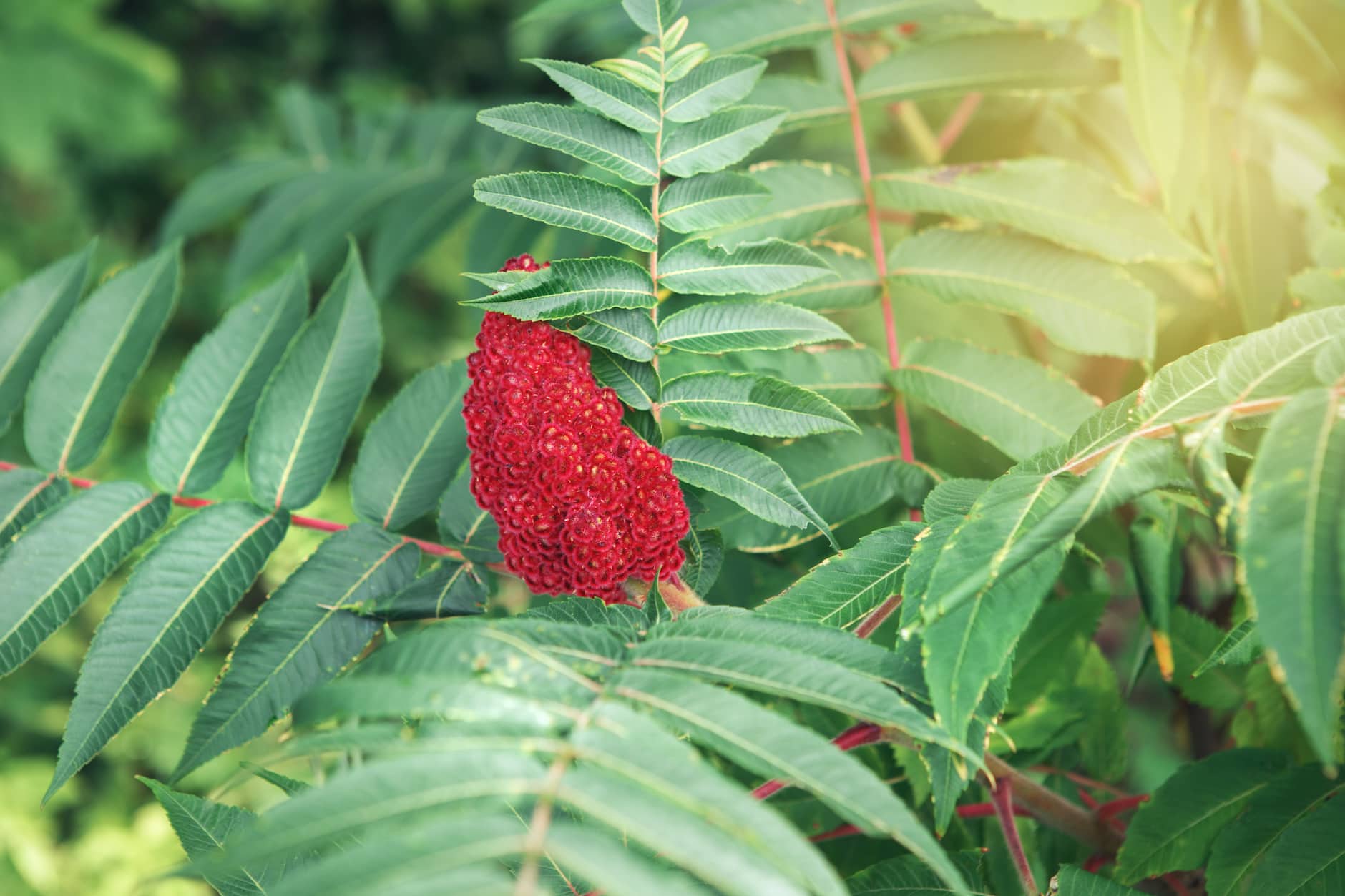
Wild Edibles Sumac Berries Farmer S Almanac
African Sumac English 130 Group 1
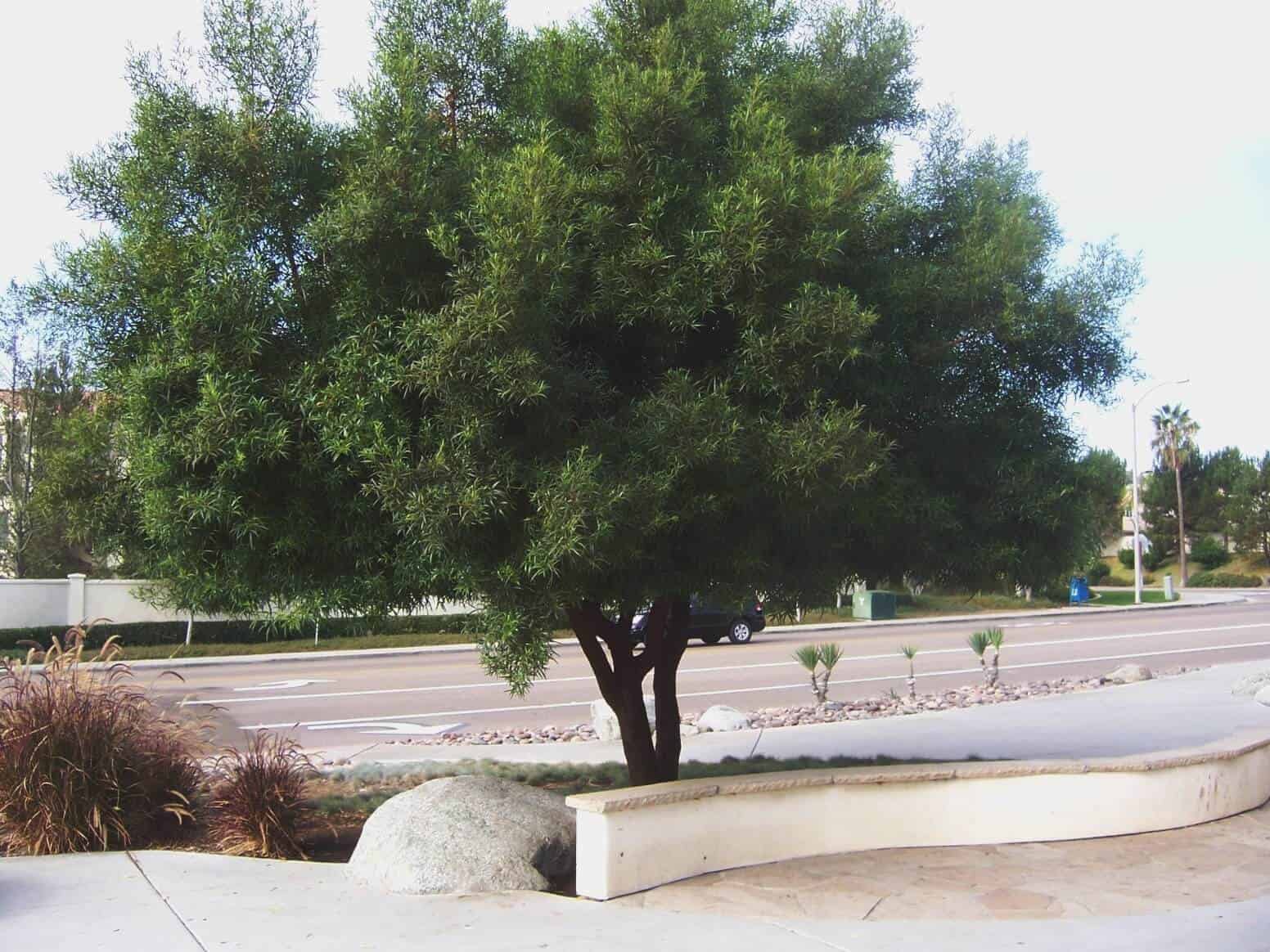
African Sumac High Desert Nate S Nursery
African Sumac English 130 Group 1

Xtremehorticulture Of The Desert African Sumac Too Close To A Wall
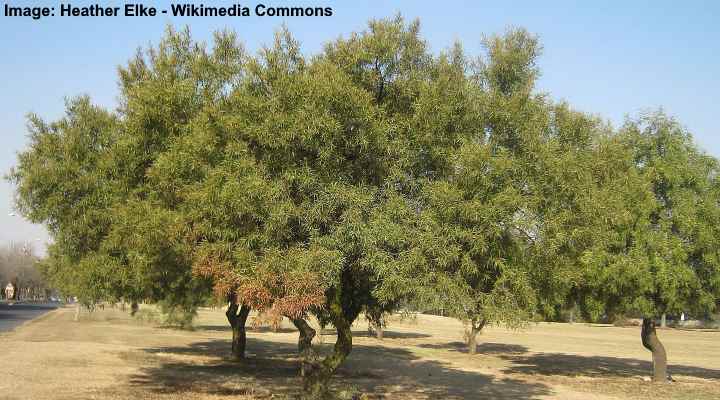
Sumac Trees Types Leaves Berries Pictures Identification Guide
African Sumac English 130 Group 1

Poison Sumac Rash Pictures And Treatment
Tree Of The Week Use The African Sumac For Shade Or Perhaps To Make Beer

Find Trees Learn University Of Arizona Campus Arboretum

Rhus Lancea African Sumac Karee Western Karee Willow Rhus Southeastern Arizona Wildflowers And Plants

Rhus Lancea African Sumac Karee Western Karee Willow Rhus Southeastern Arizona Wildflowers And Plants
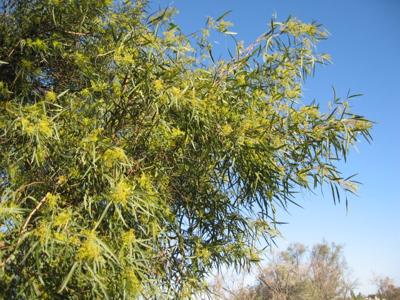
Gv Gardeners African Sumac Trees Now Abuzz Get Out Gvnews Com

Everything You Ever Wanted To Know About Sumac But Were Afraid To Ask Edible East End

Rhus Lancea African Sumac Youtube
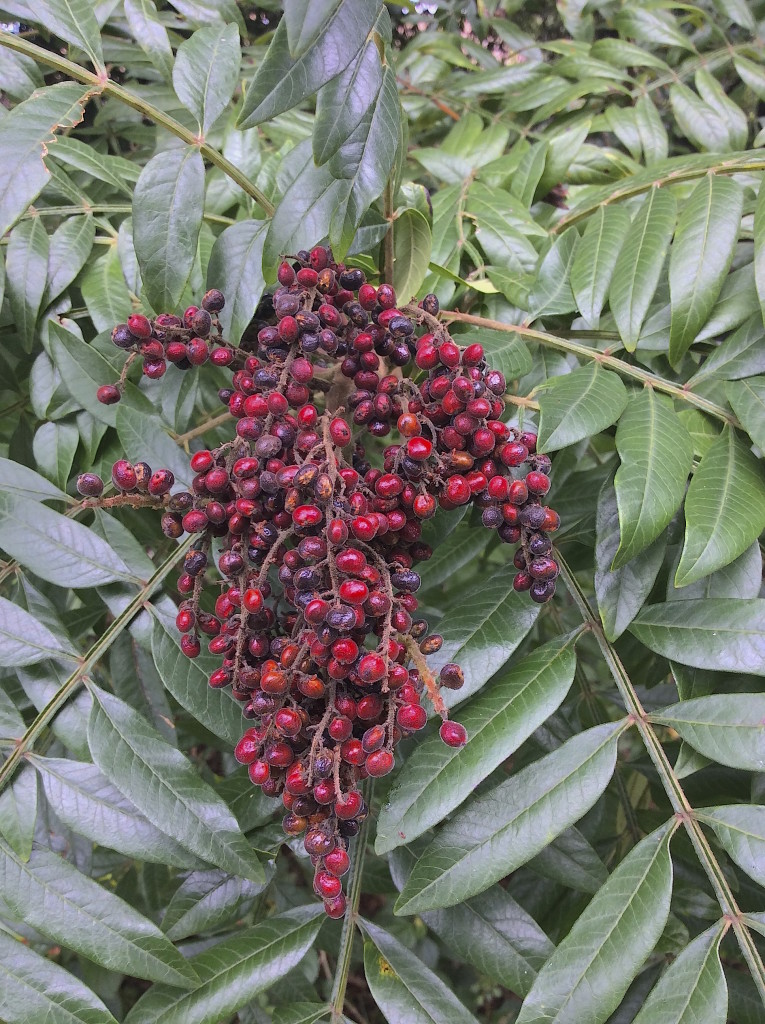
Sumac More Than Just Native Lemonade Eat The Weeds And Other Things Too